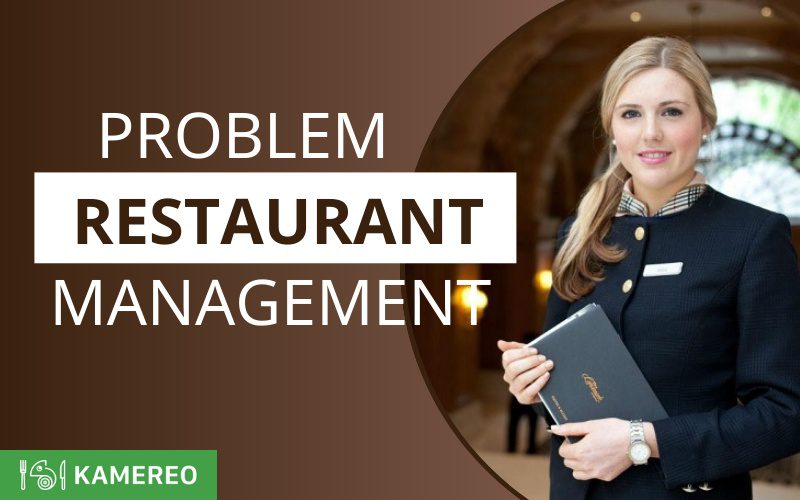With the improvement in quality of life, people are not only concerned about the quality of food but also the accompanying services. This creates pressure to manage the restaurant effectively to enhance competitiveness in the market. To solve this puzzle, let’s explore with Kamereo in the following article!
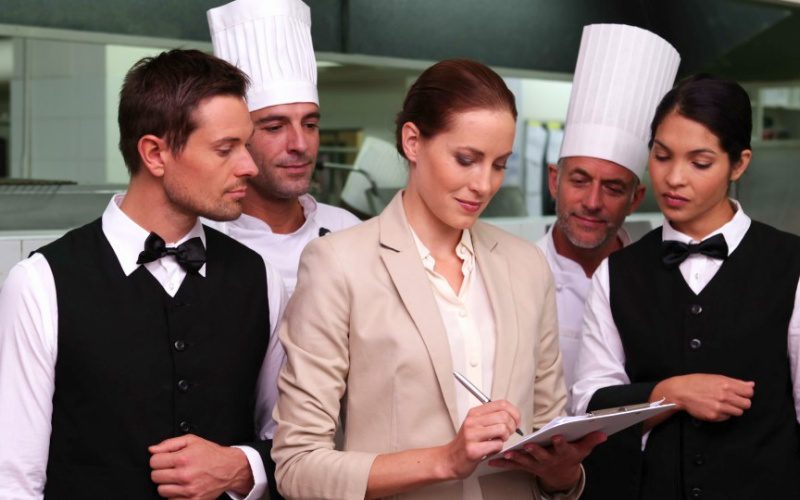
What is restaurant management?
Restaurant management is a crucial job that helps control business operations to optimize costs and profits. Managers make important decisions that impact all restaurant activities. At the same time, they strive to balance coordinating activities to ensure the interests of all three parties: customers, employees, and the restaurant itself.
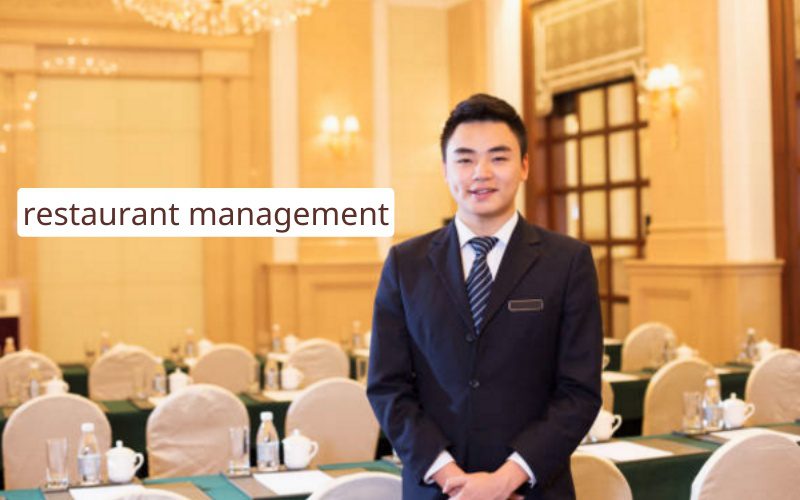
The job of a restaurant manager
A restaurant manager is a vital position responsible for ensuring the restaurant operates smoothly and efficiently. The main tasks include:
Personnel management
Recruitment and training of staff
Staff play an essential role in the success of your restaurant. Having a professional team, from chefs to waiters to janitors, can drive strong business growth.
The first step is ensuring you select the right individuals. When recruiting, look for people with high work capacity who align with the culture and development direction of each position. During the job negotiation process, clarify their duties and roles to avoid future misunderstandings.
After recruitment, training new staff is crucial so they understand the restaurant’s goals and perform their tasks effectively. If possible, provide training programs and manuals. This helps staff learn independently, improving their skills and job performance.
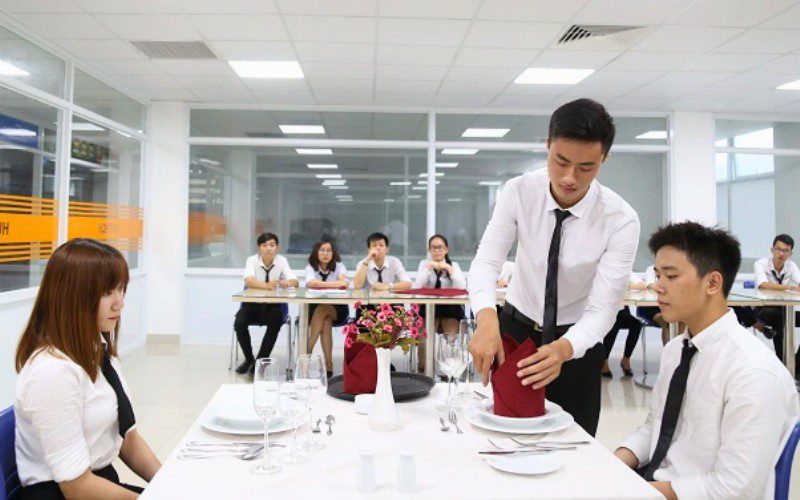
Defining the role of each staff member
Clearly defining the roles of each staff member helps them understand their responsibilities. This way, employees know the scope of their intervention and can identify the right person to report to when problems arise. This approach ensures that when an incident occurs in the restaurant, staff know exactly who is responsible for resolving it.
Additionally, this helps staff manage their work independently, maintaining smooth operations even when the manager is absent. This ensures the restaurant’s stability in all situations.
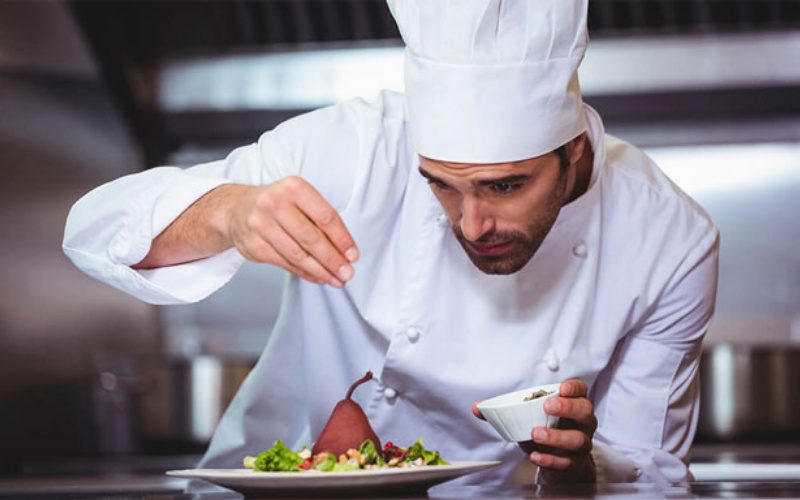
Building work schedules
Scheduling is crucial for both managers and staff. It helps staff quickly track their personal and group work progress. Moreover, the manager can ensure the restaurant operates smoothly. Scheduling also supports the restaurant in coordinating resources appropriately, avoiding overload or understaffing.
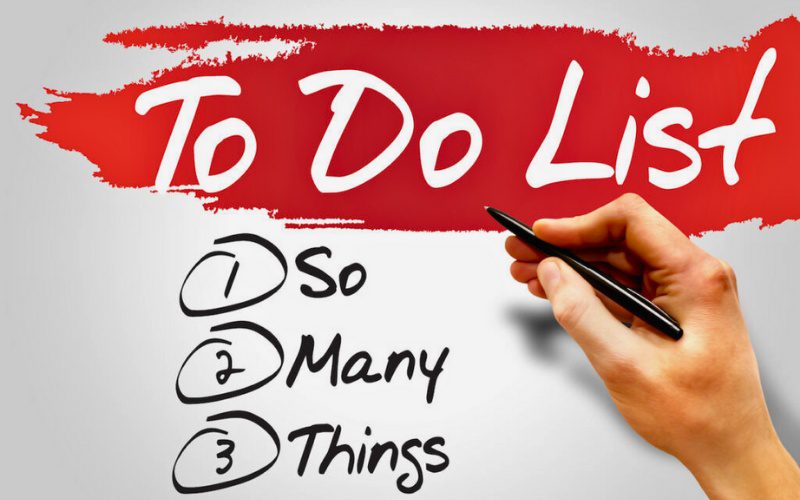
Setting KPIs, salaries, and bonuses for staff
Clear KPI and salary policies motivate staff to work hard to excel in their duties. However, you need to establish rules and announce them transparently so that both new and old staff understand. This ensures fairness, transparency, and minimizes unnecessary internal conflicts.
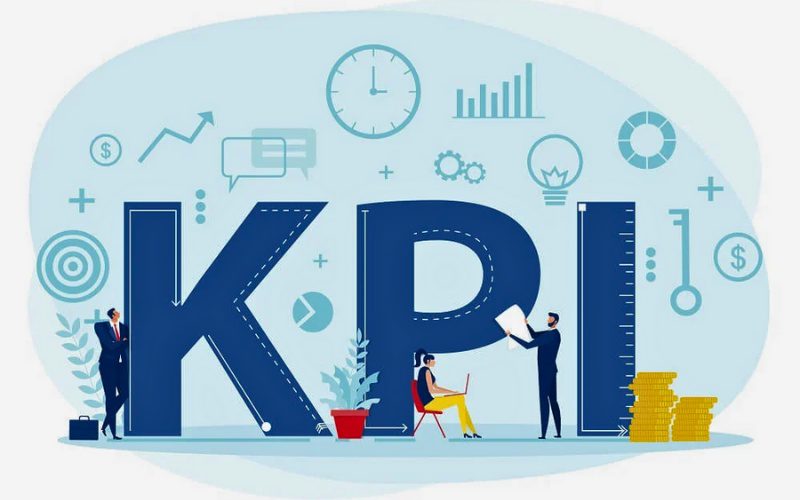
Managing food hygiene and safety
This is extremely important for the sustainable development of the restaurant. Therefore, you must train staff on how to maintain hygiene during food preparation and service.
Additionally, the manager should establish penalties for those who do not comply. Many restaurants install cameras in the preparation and processing areas for strict monitoring. This ensures that staff adhere to the food safety regulations set by the restaurant.
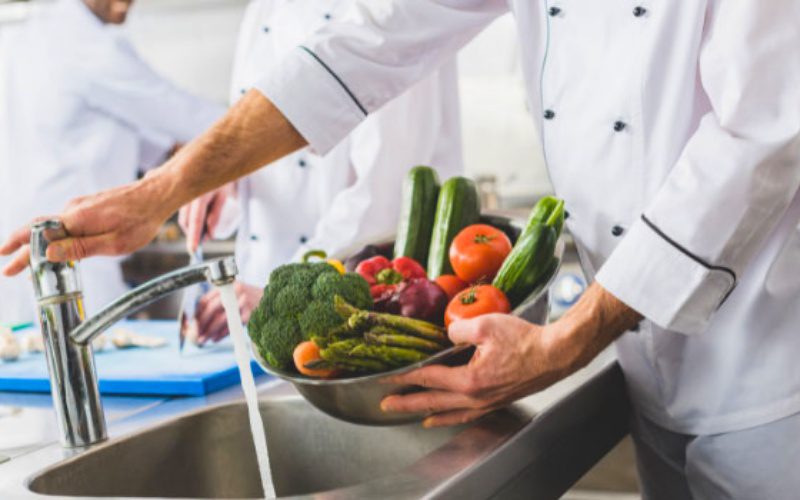
Production management
Ingredients
Ingredients are the essential inputs for every restaurant. Therefore, suppliers must meet criteria for quality, price, quantity, and delivery time. To ensure this, seek out reputable suppliers near your restaurant.
If you are still uncertain about where to source quality ingredients, consider Kamereo. With many years of experience, we proudly serve about 3,000 customers, completing thousands of orders each month.
Kamereo’s unique features include a modern logistics system that meets the storage requirements for different types of ingredients. Additionally, a large team of shippers ensures fast delivery times. Kamereo also has the advantage of a large inventory, suitable for restaurants of all sizes.
Here are some ingredients currently available at Kamereo:

Yellow Zucchini Da Lat
55,000đ/KILOGRAM
61,000đ/KILOGRAM

Green Zucchini Da Lat
24,000đ/KILOGRAM
28,500đ/KILOGRAM

Pumpkin Bud Da Lat 300g
29,000đ/TRAY

Winter Melon South
18,000đ/KILOGRAM
23,500đ/KILOGRAM

Pumpkin
18,000đ/KILOGRAM
21,000đ/KILOGRAM

Butternut Squash
13,000đ/KILOGRAM
14,500đ/KILOGRAM

Japanese Round Pumpkin
24,000đ/KILOGRAM

Young Pumpkin
20,000đ/KILOGRAM

Refreshing Herbs South 500g
14,000đ/PACK

Pumpkin Flower
89,000đ/KILOGRAM

Cauliflower
29,000đ/KILOGRAM
32,500đ/KILOGRAM

Cauliflower Da Lat
77,000đ/KILOGRAM
88,000đ/KILOGRAM

Green Broccoli
39,000đ/KILOGRAM
45,500đ/KILOGRAM

Baby Broccoli Da Lat
49,000đ/KILOGRAM
61,000đ/KILOGRAM

Green Broccoli Da Lat
49,000đ/KILOGRAM
54,500đ/KILOGRAM

Chive Flower
85,000đ/KILOGRAM
94,500đ/KILOGRAM

Water Lily
39,000đ/KILOGRAM

Tonkin Creeper Flower
175,000đ/KILOGRAM

Sesbania Sesban Flower
75,000đ/KILOGRAM

Fresh Bamboo Shoots South
45,000đ/KILOGRAM

Frozen USA Beef Short Plate 450g-550g (Cut 2mm)
129,000đ/PACK

MRT Frozen Beef Short Plate 500g
129,000đ/BOX

NH Foods Frozen Pork Belly Slice 2mm 1kg
249,000đ/PACK
280,500đ/PACK

NH Foods Frozen Pork Belly Slice 2mm 250g
65,000đ/PACK

Frozen Pork Belly (Purchase Package Charged By Kg)
155,000đ/KILOGRAM

NH Foods Smoked Bacon 200g
56,000đ/PACK
67,500đ/PACK

NH Foods Frozen Smoked Bacon 1kg
195,000đ/PACK
224,000đ/PACK

Le Gourmet Frozen Smoked Pork Belly XL 1kg Package
259,000đ/PACK
291,500đ/PACK

CP Frozen Pork Belly 1kg Package
159,000đ/PACK
183,000đ/PACK

NH Foods Frozen Pork Belly 1kg (Purchase Package Charged By Kg)
149,000đ/KILOGRAM

Frozen Soup Dumplings 500g / 小籠包
199,000đ/PACK

Korokke Frozen Curry Filled 600g / カレーコロッケ
99,000đ/PACK

Frozen Vegetable Filled Korokke 600g / 野菜コロッケ
99,000đ/PACK

Frozen Meat Filled Korokke 600g / ミートコロッケ
99,000đ/PACK

Ajinomoto Gyoza Pork and Chicken 570g
105,000đ/PACK

MRT Frozen Beef Cubes 500g
189,000đ/BOX

Viet Sin Frozen Traditional Beef Balls 500g
34,000đ/PACK

MRT Frozen Minced Beef 1kg
175,000đ/PACK
195,500đ/PACK

Frozen Abalone Size 10 Pieces 1kg
299,000đ/PACK

Frozen Abalone Size 20 Pieces 1kg
239,000đ/PACK

Frozen Takoyaki (Octopus Balls) 1kg / 国産たこ焼き
219,000đ/PACK

Frozen Fried Shrimp Cakes 400g / プリプリえびカツ
185,000đ/PACK

Frozen Salted Diced Octopus 1kg / たこぶつ(ミックスサイズ)
590,000đ/PACK

Frozen Octopus Size 10 - 12 Pieces/ Kg Pack 500g
99,000đ/TRAY

Frozen Battered Fried Octopus 500g / たこ唐揚げ
360,000đ/PACK

Kobe Bussan Frozen Sardine Balls 500g / いわしごぼうつみれ
175,000đ/PACK

Viet Sin Frozen Thailand Fish Cake 400g
55,000đ/PACK

Kobe Bussan Frozen Crab Balls 500g / かに風味つみれ
175,000đ/PACK

Kobe Bussan Frozen Squid Balls 500g / いかねぎつみれ
175,000đ/PACK

Frozen Raw Soft Shell Crab Size 6 - 8 Pieces 1kg
345,000đ/BOX

Fresh Salmon Fillet Size 2 - 2.5kg/ Piece (Purchase Piece Charged By Kg)
499,000đ/KILOGRAM
625,500đ/KILOGRAM

Frozen Salmon Fillet 1.8 - 2.2kg/ Piece (Purchase Piece Charged By Kg)
309,000đ/KILOGRAM
388,000đ/KILOGRAM

Frozen Seared Minced Salmon 200g / サーモンたたき
145,000đ/PACK
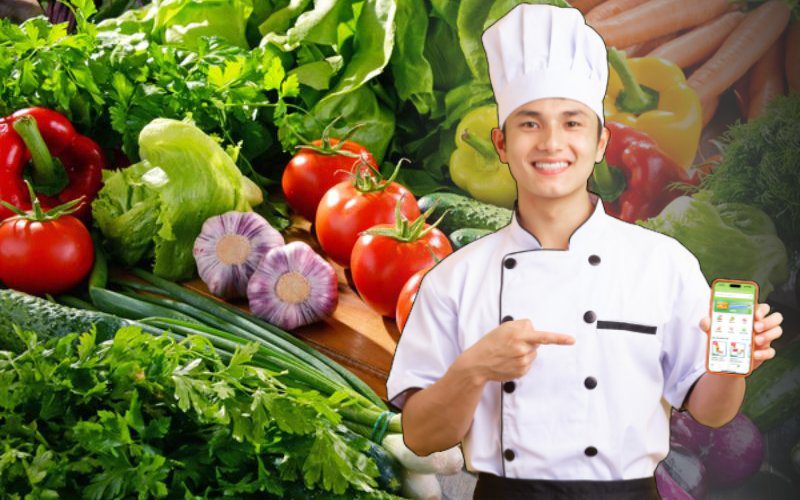
Managing dishes
To manage dishes effectively, divide the menu into specific groups. Then, identify the main dish for each group, making management more convenient.
Typically, dishes are controlled by portioning ingredients and managing inventory. This helps avoid rough estimations or inaccurate calculations of each dish’s components.
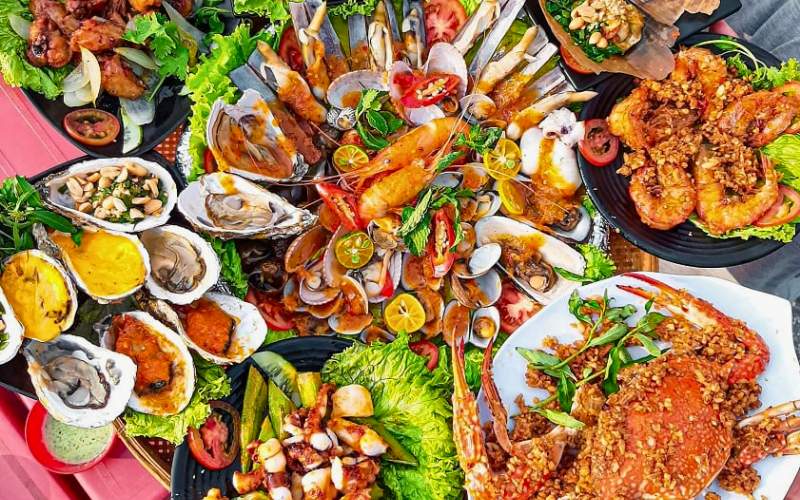
Pricing dishes
Pricing the menu is a crucial step in managing a restaurant. A mistake in pricing just one dish could result in lost profit opportunities or a reduced customer base. Therefore, you need to list all costs of ingredients, labor, and other related expenses for each dish.
Then, you can multiply the total costs by the desired profit margin to set a reasonable selling price for each dish. As a manager, you need to constantly research and update market information to adjust dish prices accordingly. This is assessed based on profit and customer satisfaction.
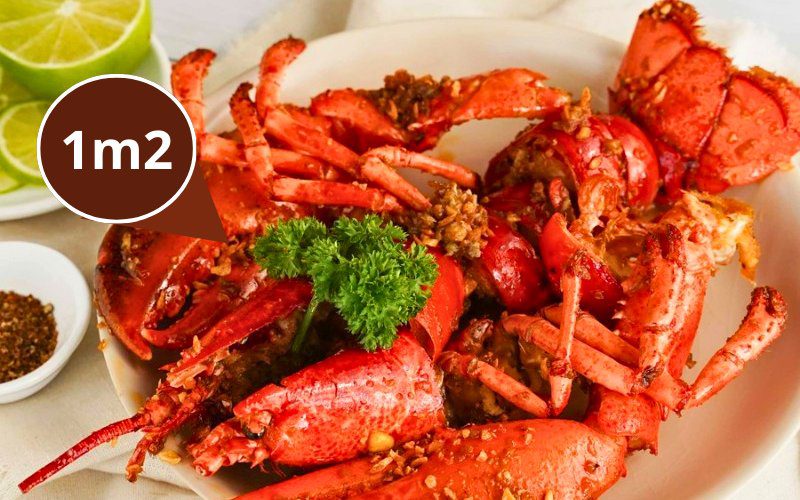
Customer service management
From the early days of operation, you should establish a unique service style for the restaurant so that staff can easily learn and form habits. This style can be reflected in small details such as greeting customers when they arrive or leave, offering water while they wait for their food, etc. This creates consistency in service and increases professionalism in the eyes of customers.
Additionally, the restaurant can enhance service style through the following actions:
- Respecting customer opinions: All feedback from customers, whether praise or criticism, is important for improving service. When receiving feedback, listen, remember, and evaluate it to find ways to improve or promote it to enhance service quality.
- Customer care programs: These help create a bond between customers and the restaurant. You can organize promotions for members or offer new dishes for their next visit. These small details make customers feel cared for and valued.
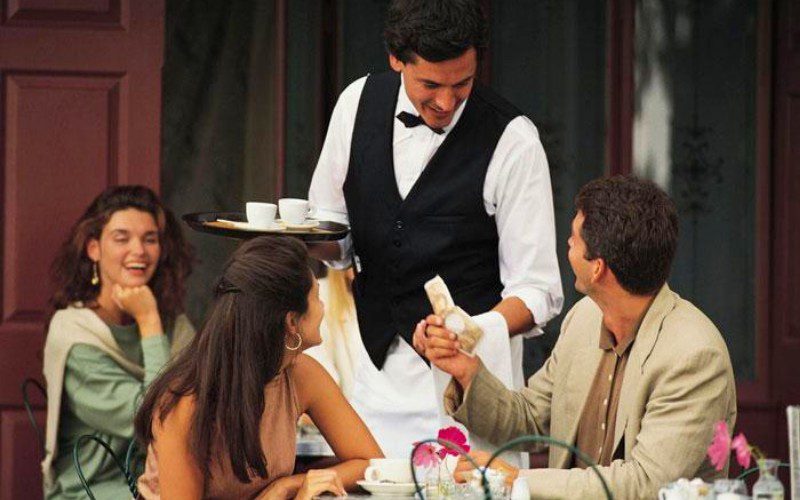
Financial management
The key to financial planning is ensuring you always have enough capital to cover the restaurant’s operating costs. Without this, you may struggle to maintain service quality or even face temporary closure. Although it may seem simple, unforeseen risks or costs can arise. Therefore, understanding the restaurant’s cash flow is crucial.
The first step in building a restaurant management model is recording all expenses, including ingredients, rent, staff salaries, equipment depreciation, debt payments, utility bills, and other incidental costs. This helps you determine profit goals, daily or monthly revenue targets.

Facility management
Facilities to manage
You do not need to manage all the facilities in the restaurant. This does not improve efficiency while taking up a lot of time. The table below lists some facilities that need to be managed:
General technical facilities
- Guest reception area, banquet/VIP rooms, bar counter, storage rooms
- Hallways, restrooms, kitchen, garden, hallways.
- Water supply, filtration, drainage, waste treatment systems
- Electrical system, gas, emergency exits, security protection
Service area facilities
- Furniture: Tables, chairs, wine racks, cabinets…
- Fabrics: Tablecloths, curtains, carpets…
- Service tools: Trolleys, trays, dishes, cups, knives, forks…
- Cleaning equipment: Brooms, vacuum cleaners…
- Decorations: Flower vases, paintings, menus…
Bar counter technical facilities
Coffee machines, fruit juicers, sound and light systems, crushed ice and ice cube machines, jiggers, stirrers, shakers.
Kitchen technical facilities
- Storage equipment: Storage rooms, ice boxes, freezers
- Preliminary processing tools: Basins, baskets, knives, cutting boards, bowls, chopsticks
- Cooking equipment: Stoves, ovens, pots, pans
How to manage facilities
First, you need to create a detailed plan for each item that needs investment, then find the right suppliers. Quantity is also an important factor because buying too much or too little can lead to unnecessary additional costs. To determine the exact quantity, calculate based on the number of customers expected to be served during peak hours.
Facilities need to be maintained and serviced regularly to minimize damage. To keep equipment in good condition, you need to follow usage instructions, ensure correct capacity and purpose, especially for high-value equipment such as freezers, stoves, refrigerators, etc., which require periodic maintenance.
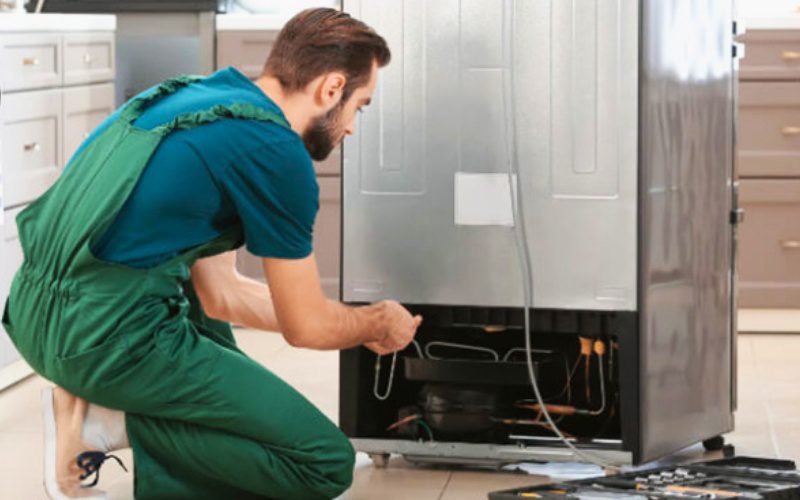
Business and marketing
Managing business operations is a major challenge for many restaurant owners. The reason is that there are many aspects that need to be tracked and reported daily. Some factors that need to be closely monitored include costs, revenue, and profits. To perform this job well, using professional restaurant management software is essential, helping to automate the calculation of business results.
Management software allows you to consolidate data into a single report. This makes it easy to track performance, while saving time and reducing errors.
Additionally, marketing and branding activities need to be carefully managed. These activities are directly related to customers, so they need careful management of content, images, and timing of implementation. In particular, the strategy must be aligned with the culture and preferences of customers.
You can also register your restaurant on lists of good eateries, reputable party venues, food delivery apps, or online reservation sites to increase sales and promote the brand.

Handling incidents and complaints
The process of handling complaints and incidents plays a key role in establishing the restaurant’s professionalism. This not only makes customers feel respected but also strengthens their trust in the service and product quality provided by the restaurant.
Complaints can come from various sources such as social media, email, website, or even on-site. Some common incidents in restaurants include receiving the wrong food, poor service, overbilling, or rude staff behavior. However, if you can successfully resolve these complaints, it creates a positive experience for the customer.
Each manager should design a specific process to deal with each type of complaint. For example, when receiving a complaint directly at the restaurant, you should apologize to the customer first, then investigate and resolve the issue. This creates a sense of respect and goodwill from the restaurant.
When handling an incident, you need to ensure that the parties involved understand and acknowledge the restaurant’s responsibilities. Although the restaurant may face a minor disadvantage, this will help maintain the customer base and leave a positive impression.
If the complaint is complicated or involves high value, you should report it to higher management for resolution. The resolution method can be flexibly changed depending on the nature of the complaint or incident, ensuring customer satisfaction.

Service Quality Management
To ensure that service quality is always maintained at a high level, the restaurant needs to implement the following steps in the service quality management process:
- Step 1: Research to understand customer preferences and habits. Information that needs to be collected includes demographics, behavior, and customer preferences.
- Step 2: Maintain customer care by conducting surveys and offering vouchers to loyal customers to build a loyal customer base and increase return rates.
- Step 3: Measure customer satisfaction through surveys during meals or via email and text messages, which will help the restaurant improve and enhance service quality. Note that surveys should be concise and focus on key points to avoid inconveniencing customers.
- Step 4: After gathering the above information, establish service quality standards and communicate them to all employees. Additionally, clear reward and penalty policies can be set to ensure that employees adhere to these standards.
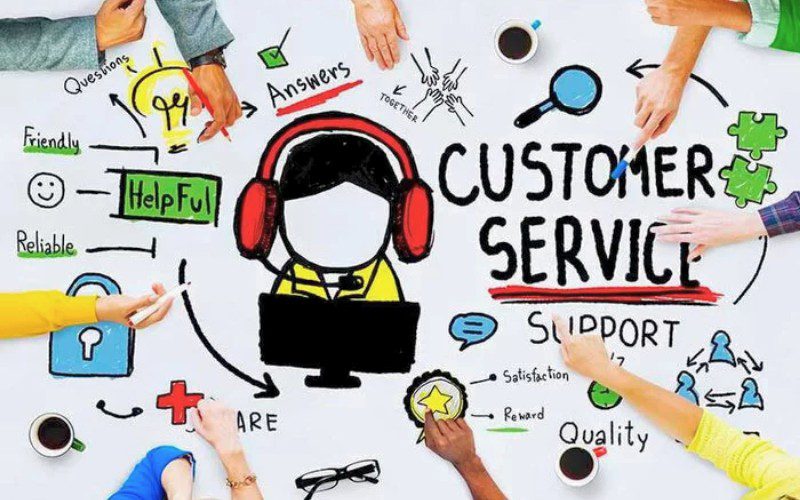
Daily Restaurant Management Process
To optimize time and costs, you need a well-designed operating process suitable for the scale of the restaurant. If staff strictly follow the steps in this process, the restaurant will operate smoothly, minimize errors, and enhance service quality. Below are the stages of the restaurant management process:
Stage 1: Before welcoming guests
- Prepare and arrange everything to be ready to welcome guests.
- Hold a pre-shift meeting with staff to align the working spirit and review internal regulations.
Stage 2: During operation
- Welcome customers upon arrival.
- Take and record orders.
- Serve food and ensure customers have the best experience.
- See customers off courteously.
Stage 3: Before closing
- Complete end-of-day tasks and prepare for the next working day.
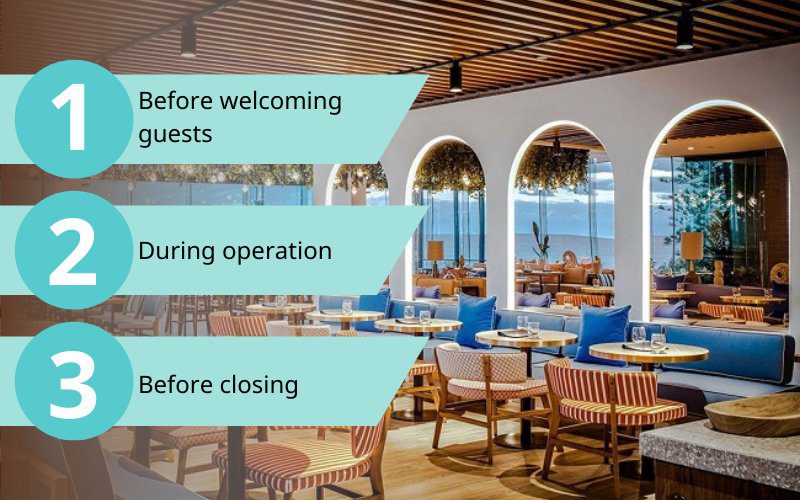
Essential Restaurant Management Skills
In addition to focusing on training service staff, improving management skills is also very important. This ensures that business operations run smoothly. Here are some methods that many restaurant owners have successfully applied:
- Always maintain a positive attitude in all situations, especially when interacting with customers.
- Be transparent and clear about work-related issues with employees.
- Set an example of hard work and responsibility for the team to follow.
- Work according to a specific, detailed, and well-organized plan.
- Continuously learn, seek improvement methods, and innovate in management.
- Delegate important tasks to employees to develop their capabilities.
- Learn from successful restaurant business models.
- Take responsibility for personal mistakes and learn deeply from them.

Solutions to Make Restaurant Management Easier
Many restaurant owners often face issues such as lack of time for management, errors due to manual processes, and difficulty in identifying key issues in business operations. An effective solution to this problem is to use restaurant management software to control all activities, save time, and reduce errors.
Management software will help improve service quality by supporting table orders, quick payments, and automatically sending orders to the kitchen, minimizing errors in order-taking. Additionally, you will receive comprehensive daily business reports that are detailed and complete.
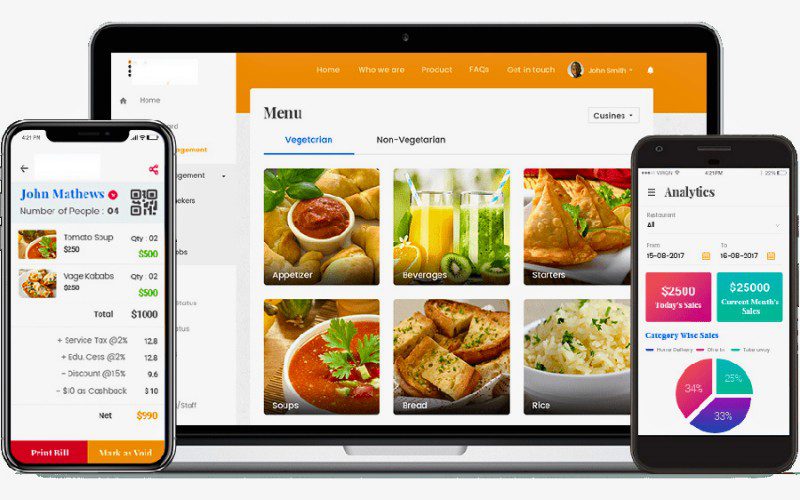
Notes for Effective Restaurant Management
Restaurant management is not simple, requiring the manager to be highly attentive. Below are some considerations you should review and apply immediately:
- Maintain consistency in operational and management processes.
- Proactively resolve any issues that arise in the restaurant.
- Experience working in different positions to gain deeper insights into management.
- Prioritize retaining talented employees and creating a positive working environment.
- Closely monitor and continuously improve customer experience.
- Invest in effective advertising campaigns.
- Continuously analyze reports to find solutions to improve service quality.
- Focus efforts on maintaining and increasing loyal customers.

Conclusion
The above is a comprehensive guide to restaurant management that you should know. This work requires the manager to have skills, experience, and knowledge to apply effectively in restaurant operations. Follow F&B Business Experiences for more useful information about restaurants!



